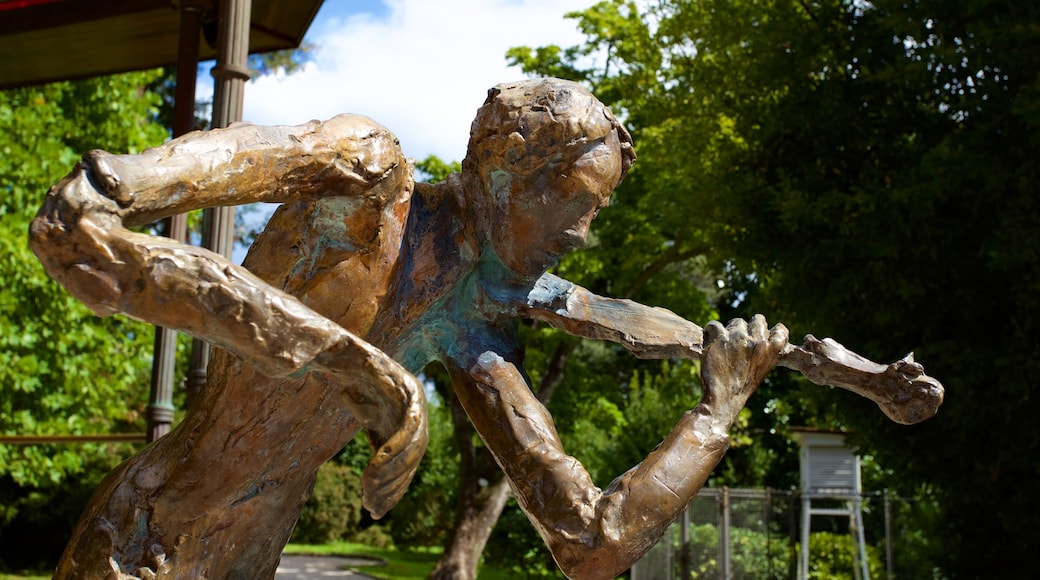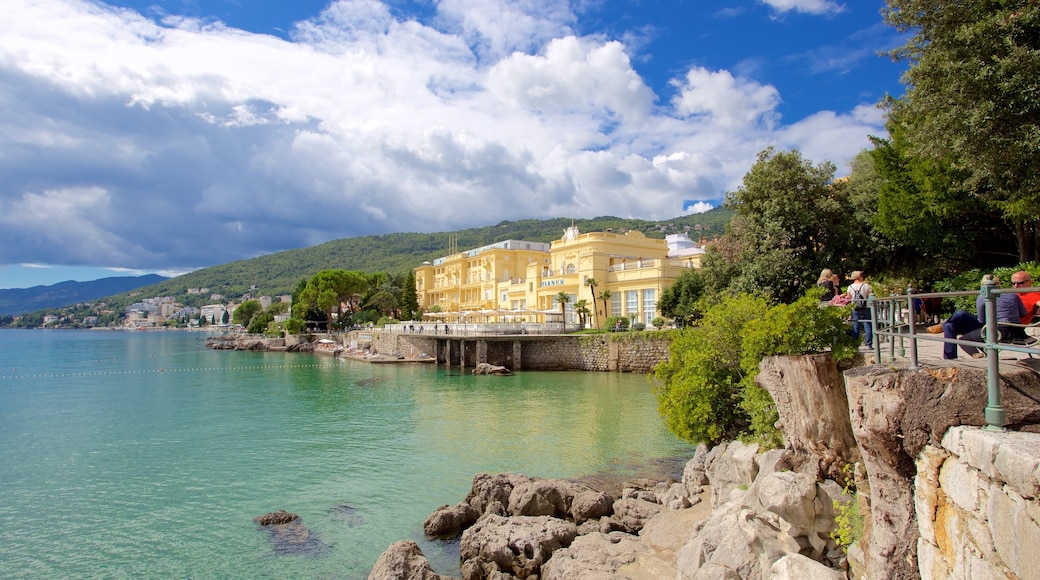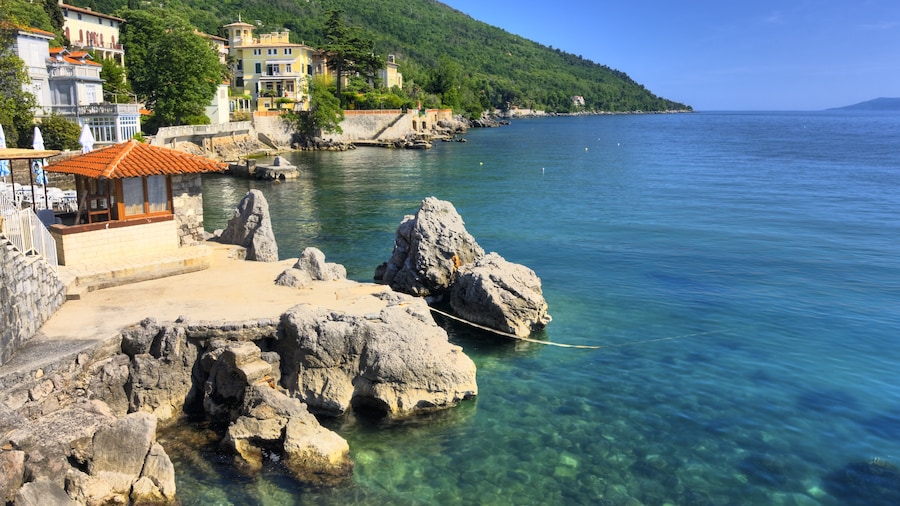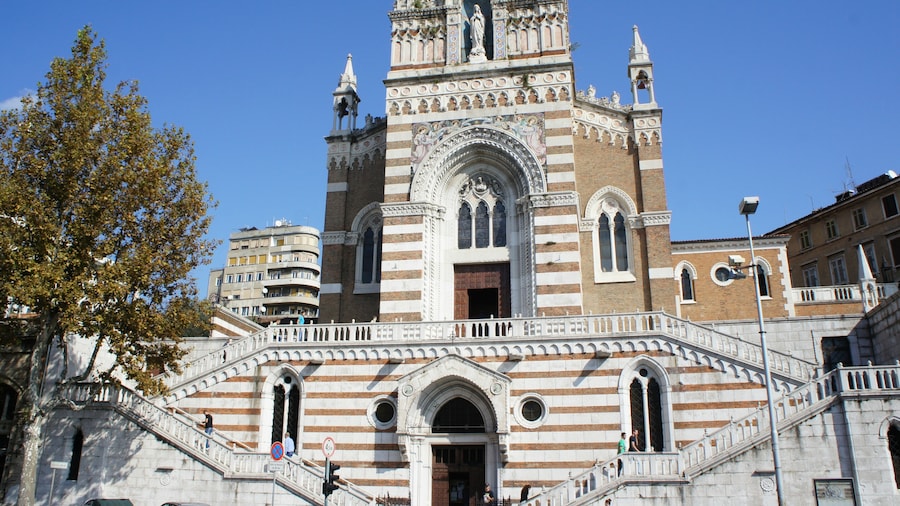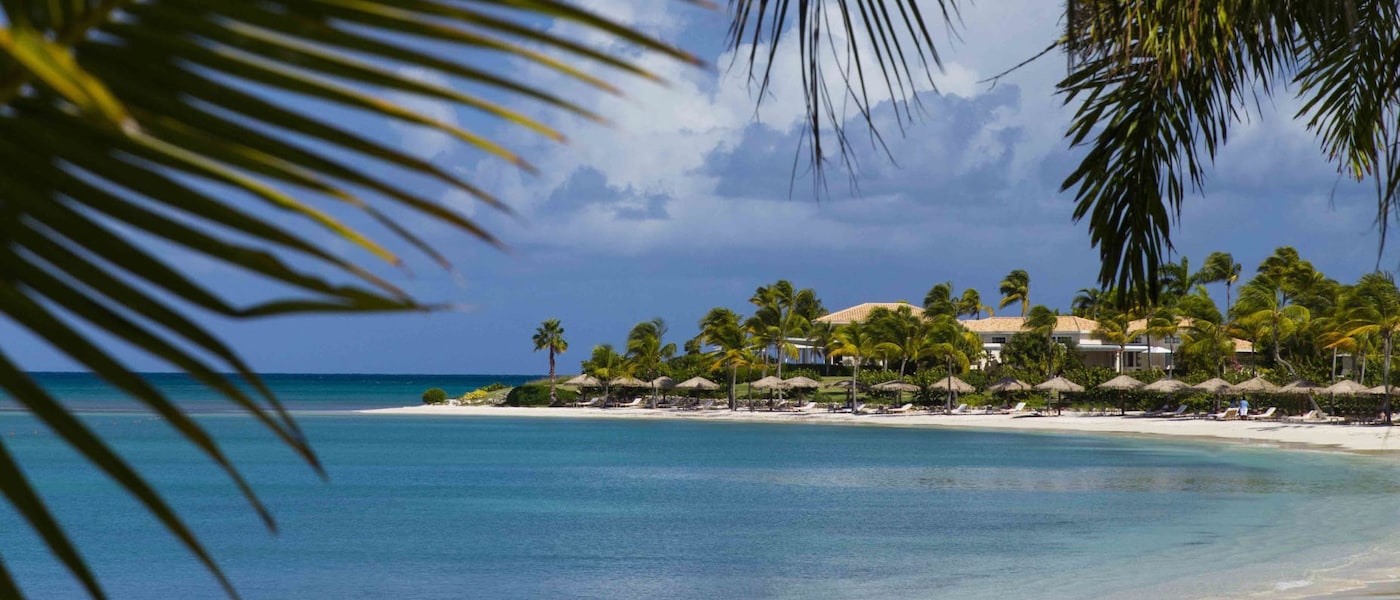Park Angiolina is a horticultural landmark in the heart of Opatija. About 150 exotic plant species grow here. It is a colourful spot for a stroll or for people-watching. Wander along its attractive walkways and admire the unusual botanic specimens.
Originally constructed in the mid-19th century, this park was built at the same time as the adjacent Villa Angiolina. It was established by a wealthy businessman named Iginio Scarpa, who intended to use Villa Angiolina as a summer home. Because of his merchant profession, Scarpa was able to acquire non-native plant varieties from such faraway locales as China, South America, Australia and Japan. Look for Asian camellias, a foreign bloom that has now become the symbol for Opatija town.
The pleasant Mediterranean climate and frost-free winters ensure that lush vegetation can flourish here. Follow paths through the impeccably manicured gardens, which have a distinctly Mediterranean feel. Tree species including cedars, pines, ginkgos, spruces and palms, all provide pleasant shade. Read the labels on the various trees and shrubs, which identify the different species.
Make your way toward the edge of the park and admire the views out onto the brilliantly blue ocean. Look for benches in the gardens, where you can sit down and watch people milling around.
The park is also home to a small open-air theatre, which hosts music concerts and performances throughout the year. Check to see if anything is being staged during your visit.
While here, you may also want to stop at Villa Angiolina, which now houses the Croatian Museum of Tourism, or explore the more formal gardens of St. Jacob’s Park, which are linked to Angiolina by a connecting path.
Park Angiolina extends from the main road of Maršala Tita all the way down to the Adriatic Sea. Get here by walking along the Lungomare. This coastal path is connected to the park, stretching from Volosko in the north to Lovran in the south.
